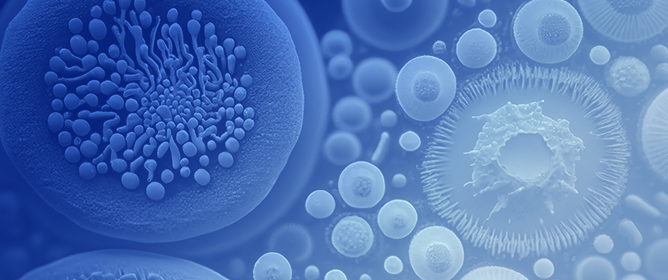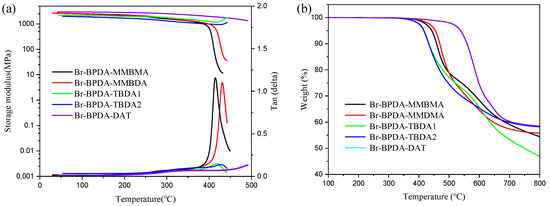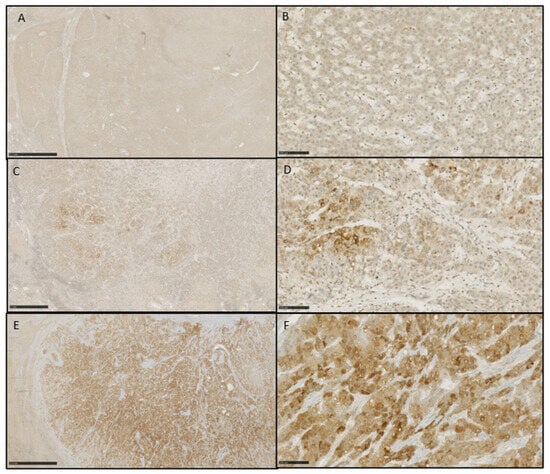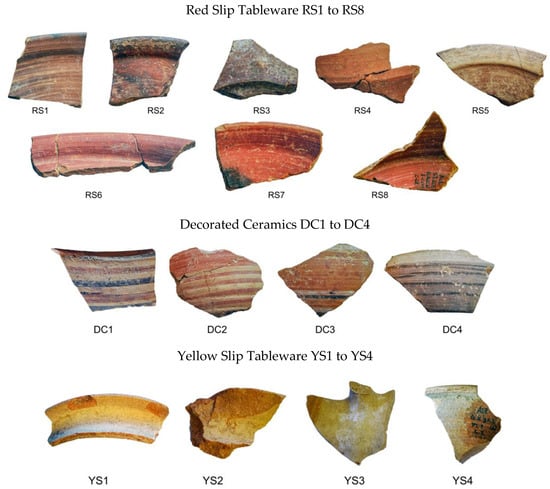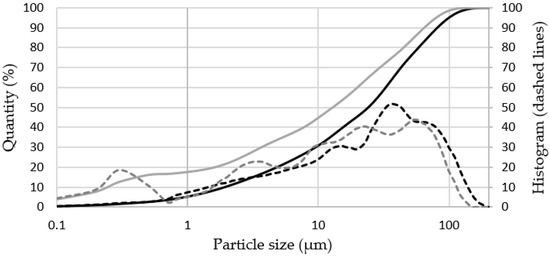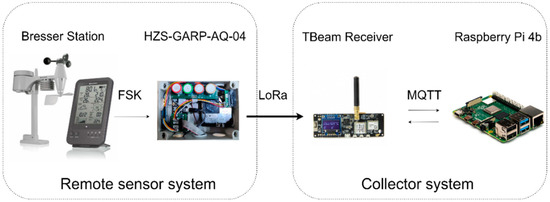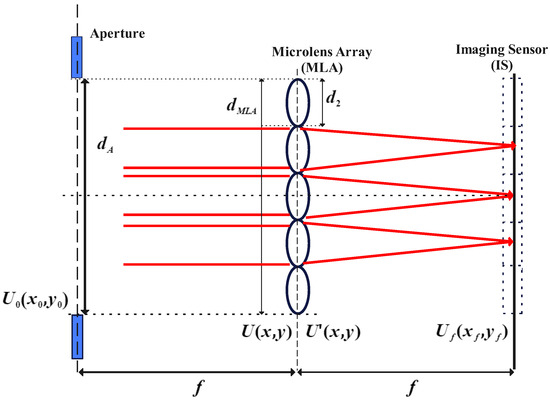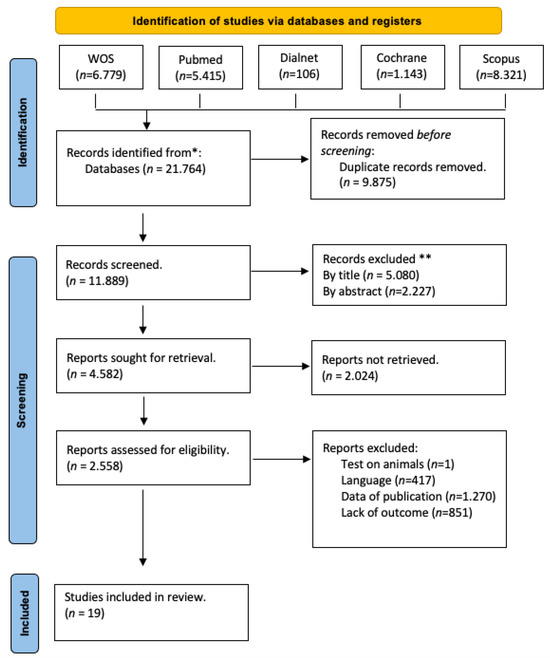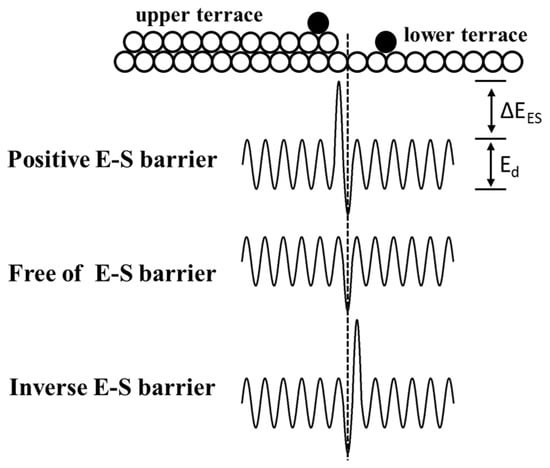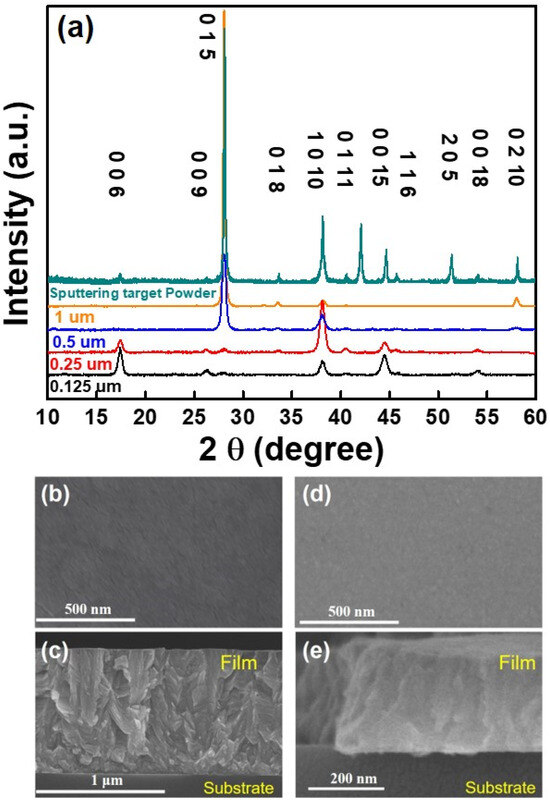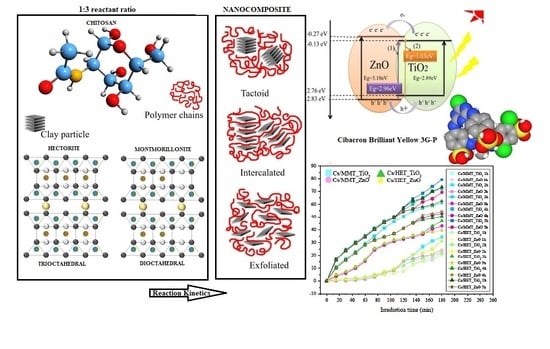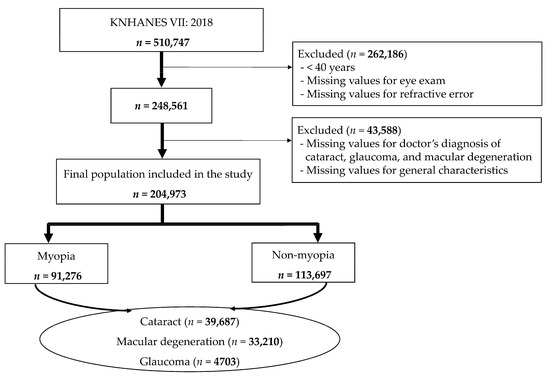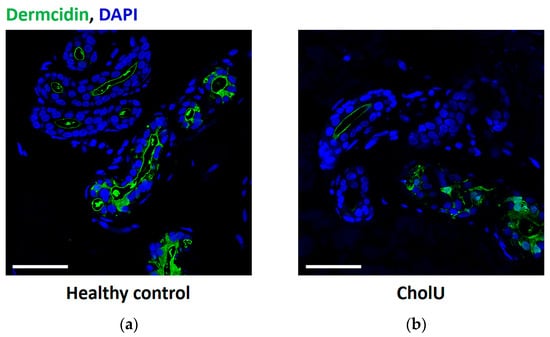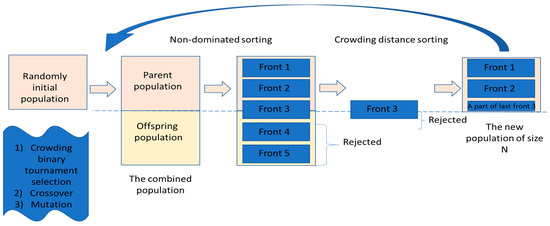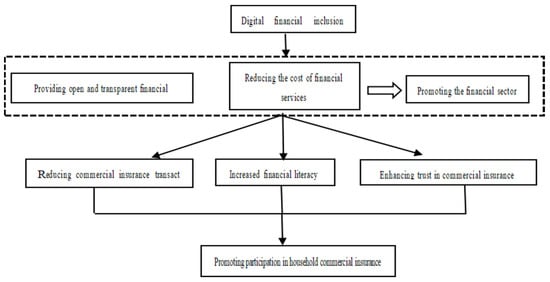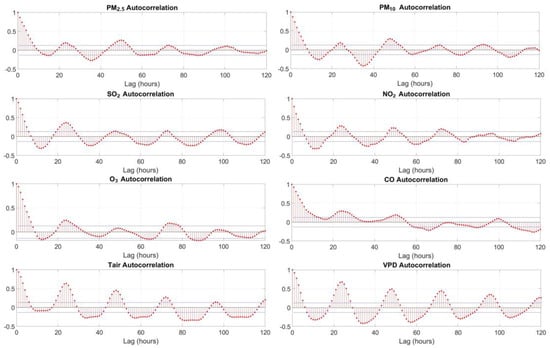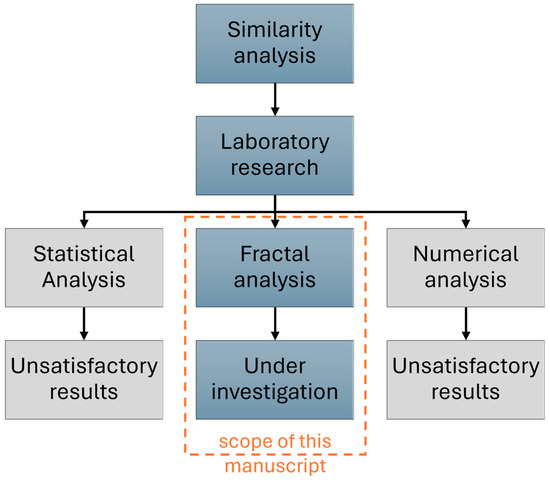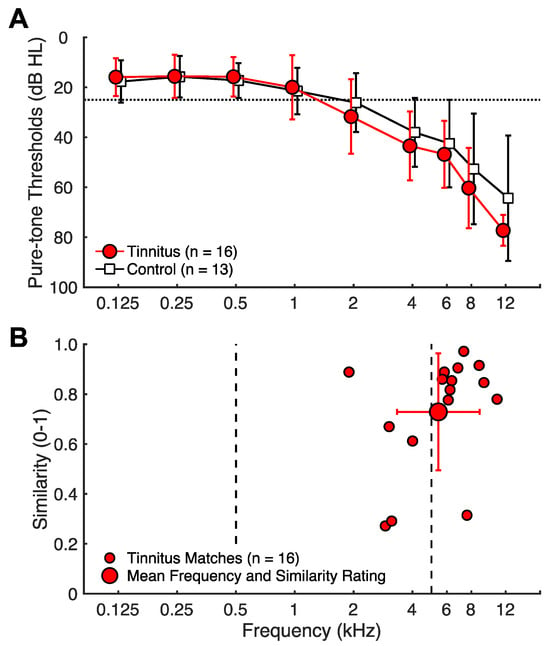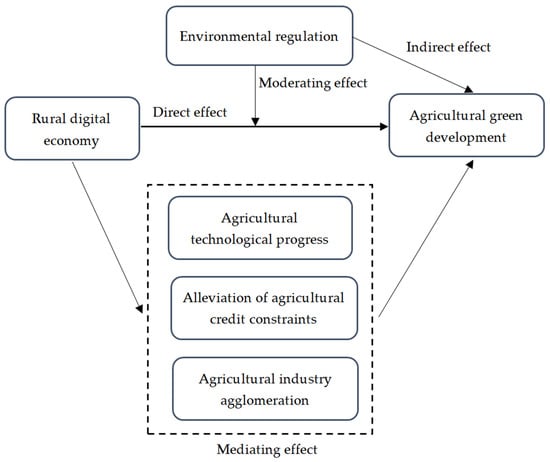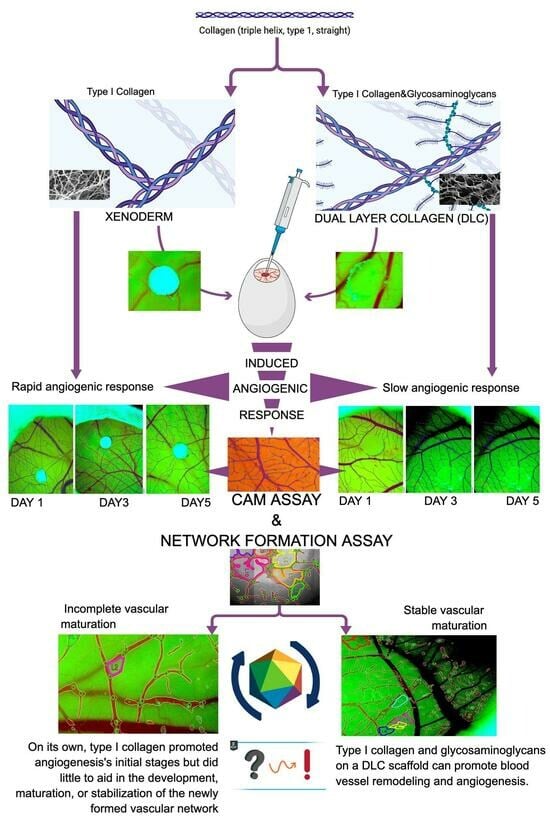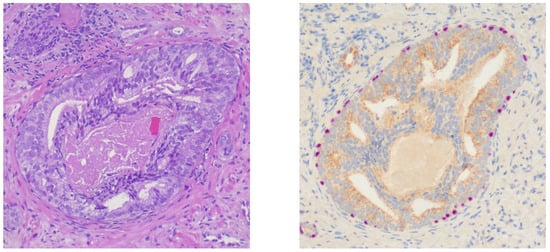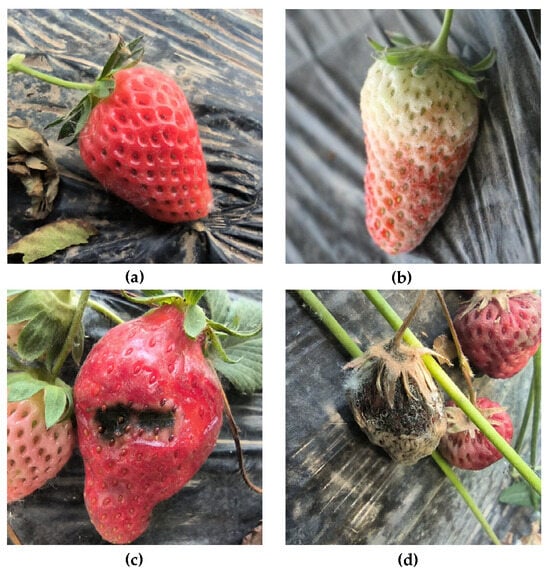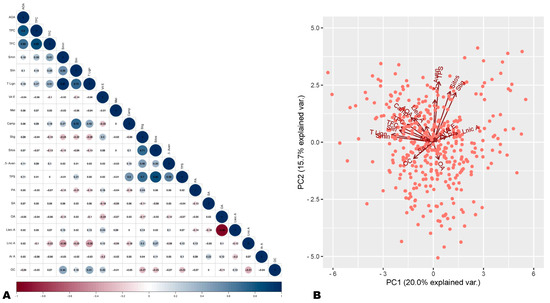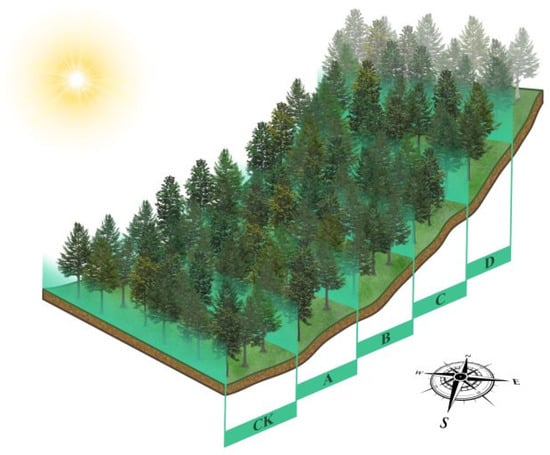This work aims to expand the structure–property relationships of bromo-containing polyimides and the influence of bromine atoms on the gas separation properties of such materials. A series of intrinsically microporous polyimides were synthesized from 2,2′-dibromo-4,4′,5,5′-bipohenyltetracarboxylic dianhydride (Br-BPDA) and five bulky diamines, (7,7′-(mesitylmethylene)bis(8-methyldibenzo[b,e][1,4]dioxin-2-amine) (MMBMA),
[...] Read more.
This work aims to expand the structure–property relationships of bromo-containing polyimides and the influence of bromine atoms on the gas separation properties of such materials. A series of intrinsically microporous polyimides were synthesized from 2,2′-dibromo-4,4′,5,5′-bipohenyltetracarboxylic dianhydride (Br-BPDA) and five bulky diamines, (7,7′-(mesitylmethylene)bis(8-methyldibenzo[b,e][1,4]dioxin-2-amine) (MMBMA), 7,7′-(Mesitylmethylene)bis(1,8-dimethyldibenzo[b,e][1,4] dioxin-2-amine) (MMBDA), 4,10-dimethyl-6H,12H-5,11-methanodibenzo[b,f][1,5]diazocine-2,8-diamine (TBDA1), 4,10-dimethyl-6H,12H-5,11-methanodibenzo[b,f][1,5]diazocine-3,9-diamine (TBDA2), and (9R,10R)-9,10-dihydro-9,10-[1,2]benzenoanthracene-2,6-diamine (DAT). The Br-BPDA-derived polyimides exhibited excellent solubility, high thermal stability, and good mechanical properties, with their tensile strength and modulus being 59.2–109.3 MPa and 1.8–2.2 GPa, respectively. The fractional free volumes (
FFVs) and surface areas (
SBET) of the Br-BPDA-derived polyimides were in the range of 0.169–0.216 and 211–342 m
2 g
−1, following the order of MMBDA > MMBMA > TBDA2 > DAT > TBDA1, wherein the Br-BPDA-MMBDA exhibited the highest
SBET and
FFV and thus highest CO
2 permeability of 724.5 Barrer. Moreover, Br-BPDA-DAT displayed the best gas separation performance, with CO
2, H
2, O
2, N
2, and CH
4 permeabilities of 349.8, 384.4, 69.8, 16.3, and 19.7 Barrer, and H
2/N
2 selectivity of 21.4. This can be ascribed to the ultra-micropores (<0.7 nm) caused by the high rigidity of Br-BPDA-DAT. In addition, all the bromo-containing polymers of intrinsic microporosity membranes exhibited excellent resistance to physical ageing.
Full article
 IJMS
IMPACT
IJMS
IMPACT Applied Sciences
IMPACT
Applied Sciences
IMPACT Sustainability
IMPACT
Sustainability
IMPACT Sensors
IMPACT
Sensors
IMPACT JCM
IMPACT
JCM
IMPACT Energies
IMPACT
Energies
IMPACT Molecules
IMPACT
Molecules
IMPACT Materials
IMPACT
Materials
IMPACT Remote Sensing
IMPACT
Remote Sensing
IMPACT Cancers
IMPACT
Cancers
IMPACT Electronics
IMPACT
Electronics
IMPACT Mathematics
IMPACT
Mathematics
IMPACT Foods
IMPACT
Foods
IMPACT Buildings
IMPACT
Buildings
IMPACT Plants
IMPACT
Plants
IMPACT Nutrients
IMPACT
Nutrients
IMPACT Animals
IMPACT
Animals
IMPACT Polymers
IMPACT
Polymers
IMPACT Water
IMPACT
Water
IMPACT Diagnostics
IMPACT
Diagnostics
IMPACT Biomedicines
IMPACT
Biomedicines
IMPACT Agronomy
IMPACT
Agronomy
IMPACT Microorganisms
IMPACT
Microorganisms
IMPACT Processes
IMPACT
Processes
IMPACT Healthcare
IMPACT
Healthcare
IMPACT Forests
IMPACT
Forests
IMPACT Cells
IMPACT
Cells
IMPACT JMSE
IMPACT
JMSE
IMPACT Medicina
IMPACT
Medicina
IMPACT Viruses
IMPACT
Viruses
IMPACT Agriculture
IMPACT
Agriculture
IMPACT Nanomaterials
IMPACT
Nanomaterials
IMPACT IJERPH
IJERPH
 Land
IMPACT
Land
IMPACT Pharmaceutics
IMPACT
Pharmaceutics
IMPACT Pharmaceuticals
IMPACT
Pharmaceuticals
IMPACT Religions
IMPACT
Religions
IMPACT Biomolecules
IMPACT
Biomolecules
IMPACT Life
IMPACT
Life
IMPACT Micromachines
IMPACT
Micromachines
IMPACT Atmosphere
IMPACT
Atmosphere
IMPACT Antioxidants
IMPACT
Antioxidants
IMPACT Genes
IMPACT
Genes
IMPACT Metals
IMPACT
Metals
IMPACT Symmetry
IMPACT
Symmetry
IMPACT Children
IMPACT
Children
IMPACT Coatings
IMPACT
Coatings
IMPACT Vaccines
IMPACT
Vaccines
IMPACT Horticulturae
IMPACT
Horticulturae
IMPACT Education Sciences
IMPACT
Education Sciences
IMPACT Minerals
IMPACT
Minerals
IMPACT Brain Sciences
IMPACT
Brain Sciences
IMPACT JPM
IMPACT
JPM
IMPACT Bioengineering
IMPACT
Bioengineering
IMPACT


